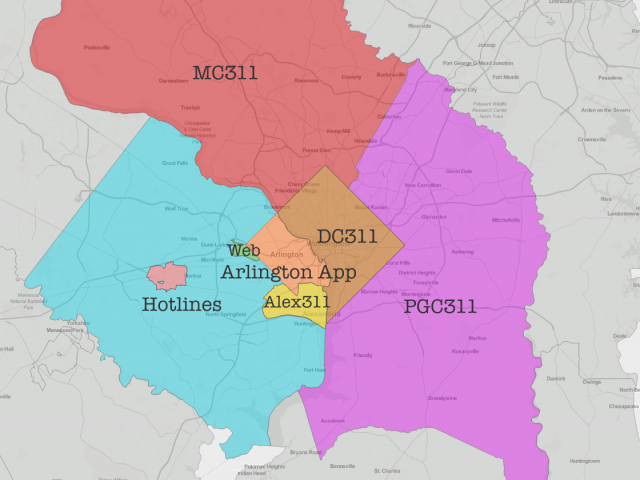
The 311 systems that city officials currently deploy can efficiently detect non-emergency civic issues such as potholes and trash. From a socio-technical perspective, residents can re-appropriate the technology for their own purpose adding new capacities and affordances not initially intended. For example, when Hurricane Irma hit Miami in 2017, residents used 311 systems to report disaster-related issues, which led city officials to adapt the system by creating a new category. This user-driven technology re-appropriation has been called the “emancipation process." Although 311 systems have not been designed to facilitate disaster- or pandemic-related communication, individuals use them as critical methods to report issues to the local governments. The COVID-19 pandemic has impacted all aspects of civic infrastructures that range from reduced public transportation systems and the closure of public libraries. These changing norms and the emergence of new issues create a challenge and an opportunity for local governments and publics. If managed well, they can co-produce effective civic technology that addresses pandemic-related issues, systematizes the management of quality services, and can include this effort in local governments’ performance metrics. The success of civic technology for both citizens and local governments lies in understanding the tension between managerial efficiency and citizen empowerment. At its core, we aim to understand how people use the system, how local governments support people’s different uses of the system, and how the different performance metrics of local governments for 311 systems function at the metropolitan area level. We will (1) survey and consolidate local governments’ performance metrics that assess the outcomes of 311 systems in the Washington D.C. metropolitan area (a.k.a., DMV area), (2) analyze their 311 datasets using AI technologies and statistical methods to understand the changes in people’s 311 use patterns in the six jurisdictions in the DMV area during the pandemic, (3) survey city officials to examine how each government has engaged the changing needs of their residents, and (4) build a web-based visualization tool that demonstrates the commonalities among and discrepancies between local governments’ assessment metrics regarding 311 systems. In Stage 1, we propose to achieve these goals by establishing connections with DMV’s jurisdictions through the roundtables organized by our community partner, Connected DMV, and consolidating the inconsistent 311 datasets as a viable unified database.
* We are grateful for this grant from the NSF S&CC Program (CIVIC Innovation Challenge #2043900) and the support of MetroLab in conducting this project. Also, I thank Shawn Janzen (UMD), George Thomas (Connected DMV), and John Yesawich (Connected DMV) for their input in the proposal.
* PI: Dr. Myeong Lee (GMU); Co-PI: Dr. Susan Winter (UMD); Community Partner: Connected DMV